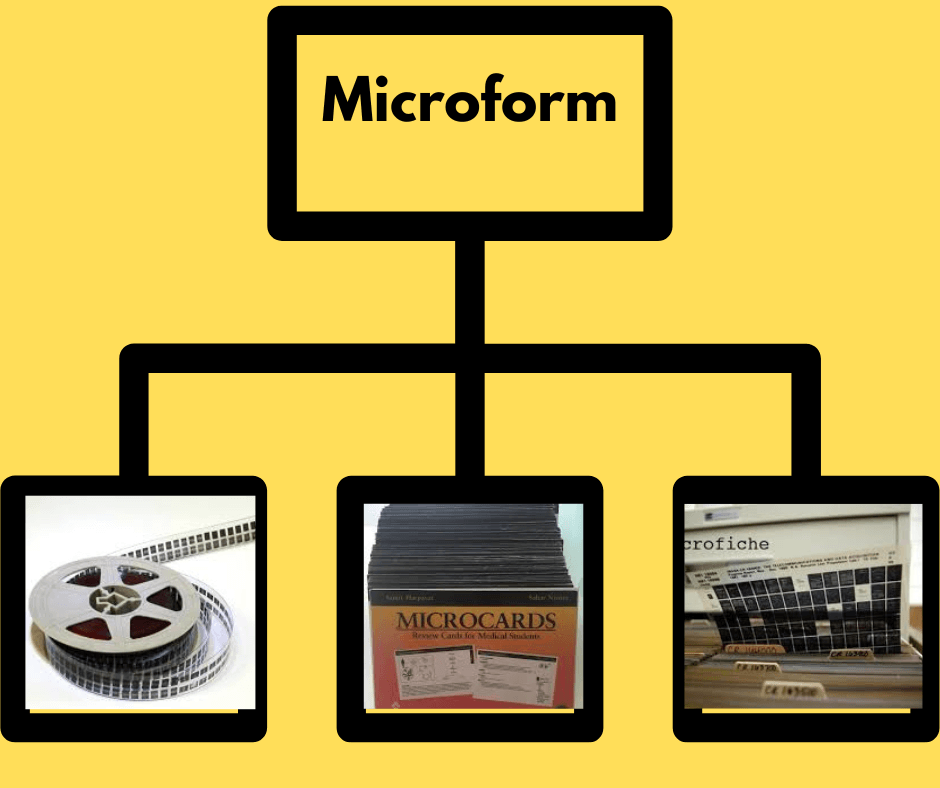Many records are being created by government, semi-government, and autonomous institutions, private institutions, and individuals. Due to the abundance of records, the amount of archives naturally increases. As the days go by, its amount is growing. As a result, archivists are struggling to manage their administrative and managerial activities. Especially, the space crisis has taken the form of publication. The writing material has gradually changed from stone to clay tablets, papyrus, parchment, vellum, and paper. The latest version is the disk. However, this change in writing material has increased the amount of information. Especially since the use of paper began, the amount of archives has increased to the point that it is becoming difficult to manage. To solve this problem, automation was introduced. As time goes by, its use is increasing in libraries and archival institutions.
The main goal of automation is to solve the space problem, that is, to provide stability to fragile and very old documents. The work done with the help of modern technology-based electric machines instead of human intelligence and labor is called automation.
Strategic Planning and System Analysis:
Before testing specific automation strategies, the archivist must be familiar with decision-making strategies. Strategic planning identifies the purpose of automation. The archivist must remember that automation is not the purpose of automation but the means to achieve a specific goal. Automation will be implemented as an element of archival management in the archivist organization. The decision to test automation strategies is strategic planning. It is not necessary to provide a detailed strategic plan. After setting the objectives, the system analyst must study the current manual methods in detail and identify the limitations of automation. After identifying the limitations, he will also identify possible solutions. Identifying various possible solutions, he will prepare a worksheet for discussion with the organization’s officers/employees, consultants, funding agencies, or senior officials. The system analyst will do these tasks in the light of intelligence and experience so that the goals are achieved. When the possible solution is identified, the next step is to solve the problem if it arises and start the activity. If the plan is correct, then the entire activity can be completed healthily and beautifully. It should be remembered that completing the activity is much more difficult than planning. In this case, real problems have to be faced. To solve them, one has to work wisely in the light of experience. Only then will success come. The archivist must be aware of automation techniques.
The following modern technologies are used in automation in archival institutions:
1. MARC-AMC format;
2. CD-ROM disks;
3. Microforms;
4. Computers
1. MARC-AMC Format: MARC stands for Machine Readable Catalog, and AMC stands for Archiver and Manipulation Control. The AMC format was created as a result of the use of MARC in libraries. The library began using MARC for books in 1968. The Library of Congress began using MARC-AMC for manuscripts in 1973. The MARC format has two parts. One is a standardized box that contains information. The second is a standardized packing list. This explains what information is in the box. The packing list has various fields. One machine receives information and transfers that information to another machine. This list helps an archivist to know about the records in MARC-AMC.
2. CD-ROM: CD-ROM (Compact Disk-Read Only Memory) is a type of optical disc. A CD-ROM disc is 120 mm, or 4.72 inches, in diameter. Like other optical discs, information is scanned and stored on the CD-ROM. CD-ROM discs are made by stamping. After scanning the data, the text file is stored. A master disk is created. A CD-ROM can hold more archival data. A CD-ROM can store 170,000 pages of documents. A reference book of 1,000 pages can be stored more than 100 times. CD-ROM is a very effective method for automating the storage of archival materials. The cost is not very high. Therefore, this method can be used.

3. Microform: Microform is the reproduction of a document or document in a small size on film or card. The space problem is very obvious in archival institutions. Moreover, if the document is old, it is on the verge of destruction. To protect it from this fragile condition, it can be preserved by microforming. Microform is the production of a document in a very small size with the help of a camera. The exact image of the document is so small that it cannot be seen with the naked eye; it cannot be read. To read, a reader is required, or the image has to be enlarged. Microform can be divided into the following categories:
a. Microfilm;
b. Microfiche;
c. Microcards
a. Microfilm: The diameter of microfilm can be 8 mm, 16 mm, or 70 mm. 16 mm film is used for normal-size documents, and 70 mm film is used for large-size documents or images. It is one of the means of information reproduction. Microfilm was originally introduced to stabilize old issues of newspapers and magazines and solve space problems. In this modern world, microfilm is also commonly used to restore books, reports, government publications, research, reports, and other printed information materials. Microfilm is a specific type of film that contains images, which can be viewed using a designated reader, such as a flow camera or a planetary camera. This method allows archival institutions to preserve old and damaged documents, keeping them usable for an extended period. Microfilm holds significant historical and research value, making it essential for archival institutions.
b. Microfiche: Microfiche is a film card in the sizes of 75 x 125 mm, 90 x 120 mm, and 105 x 148 mm. The images on the microfiche are arranged in two dimensions. A special type of step-and-repeat camera is used to create microfiche. Microfiches can be placed in envelopes. Like microfilm, they can be read with a microfiche reader, and printed copies can also be made. With the photographic method, many pages can be imagined on a microfiche.
c. Microcards: Microcards are a type of microform designed for storing miniaturized photographic reproductions of documents on small, card-sized pieces of transparent film. They were created as a space-saving solution for preserving and accessing large volumes of printed materials, particularly in libraries and archives. To view the content on microcards, users need a specialized microcard reader that magnifies the images back to their original size. While microcards were widely used in the mid-20th century to preserve rare or sensitive materials, they have largely been replaced by digital storage technologies due to advancements in electronic data management. Nevertheless, microcards remain an important part of archival history, demonstrating early efforts in efficient document preservation.
4. Computer: The latest and most advanced technology for automating archival materials is the computer. In this era of information and communication technology, there is no alternative to the computer. The computer is a modern electronic device. The work of the computer is to process information. It is possible to store a large amount of information in the computer. Very old and dilapidated valuable documents kept in archival institutions are scanned and transferred to CDs and stored. Its advantage is that they can be printed as needed and provided to the reader.
If an initiative is taken for automation through the computer, a program must first be created. The program must include the origin of the document, classification, period, file number, quantity, etc. Moreover, if the document location and shelf number are available, the time spent on retrieval will be reduced. In the case of storing computer documents, the policies set by the government of the concerned country must be followed.



